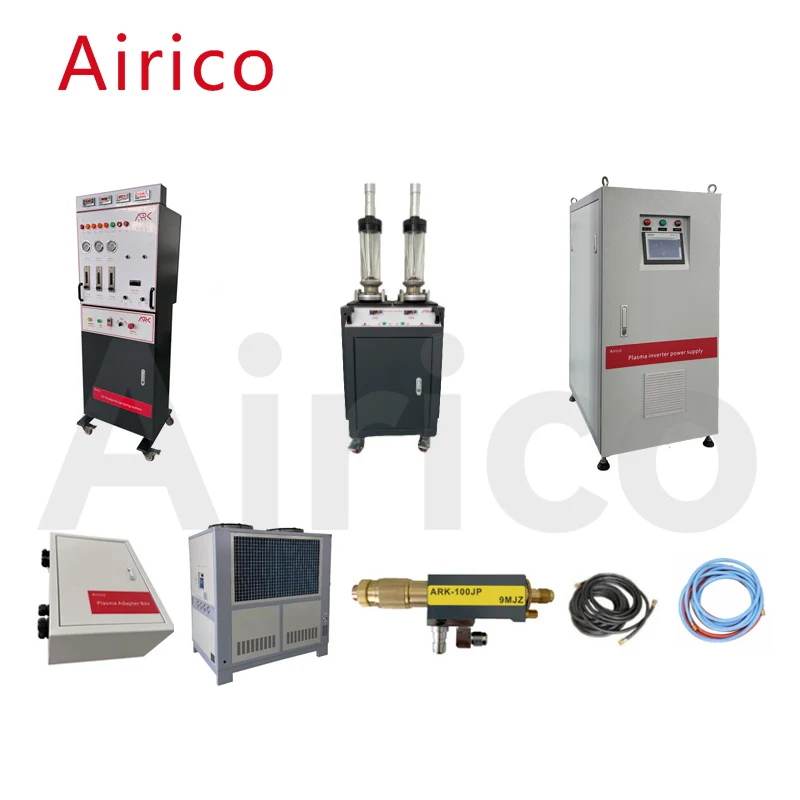In the field of industrial coating, two prominent techniques stand out: High-Velocity Oxygen Fuel (HVOF) and Plasma Spray. Both methods are crucial in various industries, offering unique advantages and tailored applications. Understanding the differences between these two coating processes is essential when selecting the most suitable method for a specific application.

Plasma spray utilizes the energy generated from gas ionization to melt and accelerate the coating material onto the substrate. The plasma torch creates an intense heat source, enabling the deposition of a wide range of materials, including metals, ceramics, and composites. This technique is particularly advantageous for components that experience extreme heat stress or have complex geometries and large surface areas.
One significant benefit of plasma spray is its versatility in material selection. It can handle a wide range of materials, from metals to ceramics, making it ideal for applications in aerospace, petrochemical, and electronic industries. Additionally, plasma spray equipment is relatively less expensive and has lower operational costs compared to some other coating technologies. However, one limitation of plasma spray is that it can be challenging to control the coating thickness precisely.
Plasma spray also finds application in the medical field, where it is used to coat artificial bones with a thin layer to enhance their strength and biocompatibility. Despite its versatility, plasma spray can sometimes result in overheating of the coating material, leading to the formation of large pores or voids in the coating.
HVOF, on the other hand, employs a high-velocity gas stream to melt and propel the coating material onto the substrate. This process is characterized by its ability to produce dense, high-quality coatings with minimal oxide content. HVOF coatings typically exhibit high bond strengths and low porosity, making them ideal for applications where extreme abrasion and wear are present.
Components like turbine blades in aerospace engines, gas turbine components, and nuclear reactor materials often benefit from HVOF coatings. These coatings can significantly extend the lifespan of the components and enhance their resistance to high temperatures, wear, and corrosion. HVOF is particularly effective in depositing metal and ceramic materials, although it has limitations in coating oxide ceramics.
However, HVOF does come with some drawbacks. The process can be more expensive and energy-intensive compared to plasma spray. It also requires careful control of the substrate temperature to avoid excessive heat input, which can distort the component or degrade its material properties.
When deciding between HVOF and plasma spray, several factors must be considered. The first is the material being coated and its compatibility with the chosen process. HVOF is generally better suited for metal and metal-ceramic materials, while plasma spray offers a broader range of material options.
The environment and working conditions of the component are also crucial considerations. Components exposed to high temperatures and complex geometries may benefit more from plasma spray, while those requiring high abrasion resistance and durability are often better suited for HVOF.
Additionally, the cost of the process and the desired coating quality should be weighed. HVOF tends to produce higher-quality coatings with better bonding and lower porosity but at a higher cost. Plasma spray, on the other hand, offers a more cost-effective solution with good material versatility but may require additional steps to control coating thickness and porosity.
Both HVOF and plasma spray are indispensable coating technologies with unique advantages and applications. Understanding their differences and selecting the right process based on material compatibility, working conditions, and cost considerations will ensure the best possible coating results for your components.

